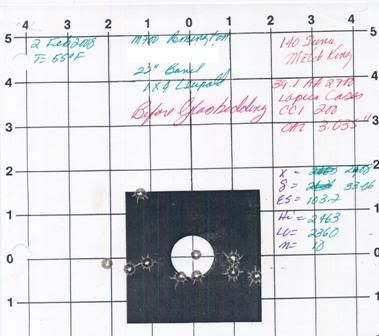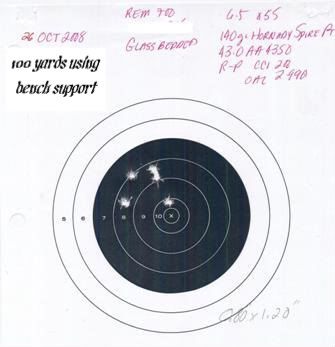warbirdlover
New member
That is the question....
I'm removing some wood from the barrel channel on the Boyd's stock I bought for my Ruger 77 Mk II and wanted a concensus of which is better. I've honestly never had a rifle with a free floated barrel. All had contact near the end of the stock and ALL were real shooters. So should I stick with what I've found works best or free float it. I DON'T spend alot of time shooting on the bench where a hot barrel is going to bother the point of impact. Thanks for the help.

I'm removing some wood from the barrel channel on the Boyd's stock I bought for my Ruger 77 Mk II and wanted a concensus of which is better. I've honestly never had a rifle with a free floated barrel. All had contact near the end of the stock and ALL were real shooters. So should I stick with what I've found works best or free float it. I DON'T spend alot of time shooting on the bench where a hot barrel is going to bother the point of impact. Thanks for the help.


